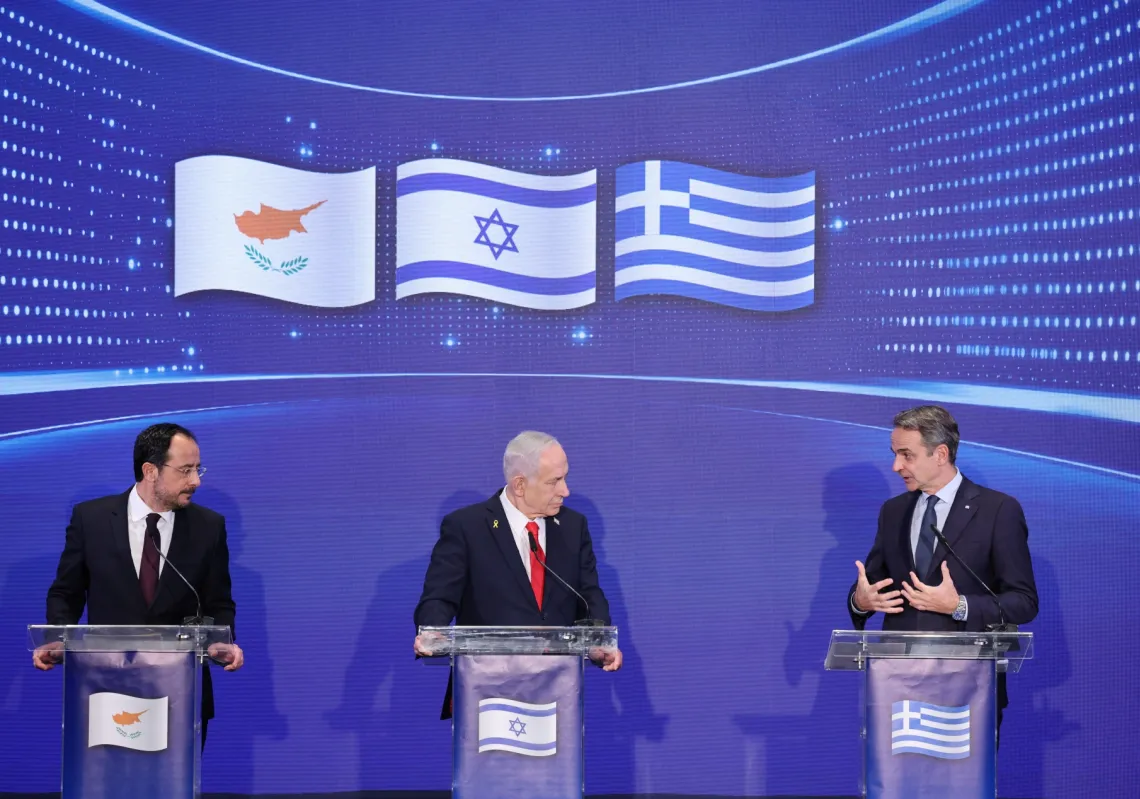It was an arduous journey for many aspiring footballers who had the difficult task of balancing training with schoolwork and daily chores.
Similarly, alleys were where one could find both humorous and tragic stories — all of which reflected a defunct model of socialisation and sense of community. Time-transcending alley quarters were destroyed and replaced with residential buildings that have not only severed the house-pitch relationship but have also resulted in inhospitably repulsive surroundings.
War and football
While wars result in the actual killing of people, football players can be figuratively killed once their star power fades and they are overshadowed by new emerging talent. And because of its sheer and universal popularity, the sport can symbolically kill entire nations.
Stories of football-related deaths are highlighted by the book as the author refers to well-known cases of footballer suicides, including a local footballer who hanged himself with the shoelace of his sneaker.
In so doing, the author establishes a connection between opportunity-wasting and blood-shedding. This is when death or suicide becomes a culmination of a fading life.
Many local and international footballers could not bear the fading publicity and reputation that gave them a sense of immortality and supremacy. While some of them withdrew from public life and severed their relationship with football altogether, others tragically chose to take their lives.
Football is often a dangerous gamble where happy endings are rare. It is either the ecstasy felt from cheering crowds or deathly silence.
Loyalty to the game
In Lebanon, football was a magnet to all other events.
According to Yammine, photos of saints were uncommon in the homes of footballers and, in fact, in most homes, walls and lockers, it was pictures of footballers which were most prominently featured.
Football held a very special place in most people’s hearts and minds and footballers were looked upon by many as role models, in the absence of any other admirable figures.
For someone to become a professional football player, he had to distance himself from party or sectarian affiliations. Therefore, his loyalty was only to the game and the club in which he played.
The field was a place that embraced players, but it was also where merit was earned through competition. Players strived to become heroes to their friends, families and neighbours.
The VHS tape
No matter how important, no event in the modern world is immortal. There is always a new event which steals away the limelight. Football is no exception to this phenomenon because the games are just as short-lived as the moments when a goal is scored. While victories produce rhapsodies, the match eventually comes to an end — only the goal lives forever.
Depending on which team you support, goals can be either history-makers or game-killers. The Video Home System (VHS) world highlighted by the author belongs to times of cheering that are no more.
Modern technologies have lessened the desire to record and re-watch games to study the tactics that resulted in goals, which, in turn, attached even more meaning to the games. Today, the once common ritual of re-watching games is now history.

A midfield maestro
The author was not a striker but rather a midfielder. He credits himself, and his friend Antonio Moawad (AKA Bu Ali), with the changes introduced to this position. To the fans, he was the maestro. The author believes that he rid the position of chaotic performance and brought about fun tactics, discipline, and control.
Yammine is fond of orchestrating plays, creating opportunities and smart assists. A striker’s goal is limited to scoring, while a maestro’s performance is much more dynamic — it is his decision to ‘crown’ whomever he chooses.
The midfield is where plays are made; and so was the downtown from the windows of buses that transported footballers who were allowed to pass lines of contact, which used to serve as the ‘midfield’ of a forbidden world that bowed down in the most familiar and tamed sense only to footballers.
Yammine is credited with the introduction of Lebanese football techniques through a process that served, in essence, as a ‘defence’ for reason and intellect and a ‘control’ of chaotic playing and corresponding hatred beyond the pitch.
Sectarianism
According to the author, football in Lebanon dates back to 1908 when American University of Beirut (AUB) students debuted the game in Beirut. It wasn’t until 1933 that the Lebanese Football Association (LFA) was created.
Sectarianism hit football during the 1970s war. Nejmeh Sporting Club fans used to march from the Shiite-majority Nabaa — a city next to Burj Hammoud, the stronghold of the Lebanese-Armenian Homenetmen and Homenmen teams, as well as a meeting point for Racing Club, Sagesse Sports Club, and Istiqlal Club fans, to meet fans from Beirut and Dahieh (a predominantly Shiite Muslim suburb, located south of Beirut).
War engulfed football and the game often made war-related news headlines.
Christians marched for the historical champion Racing Club. In turn, Lebanese-Armenian fans supported the opposing Armenian Revolutionary Federation (Dashnaktsutyun) and Social Democrat (Hunchakian) Party, and Muslims rooted for Al Ansar, Al-Tadamun, and Nejmeh Football Clubs.
The war limited players' abilities to cross into different districts and, as a result, clubs became sectarian entities. Sectarianism became the law of the land and as division between East and West Beirut intensified, changes to the LFA chairmanship ensued along sectarian lines.
The LFA’s decision to restrict the championship to East Beirut opened Pandora’s box and resulted in the creation of the May 2nd 1985 Federation that bestowed chairmanship and secretariate-general positions to the Shiite and Druze sects, respectively.
Under aggravating conditions, the author describes Salam Zgharta’s win over the Lebanese-Armenian team in the Lebanese League final on 12 April 1987, as saying: “Bullets shot in the air intensified like never before. Our township almost forgot what it was like to have such a bullet frenzy. Bullets travelled over our heads indiscriminately. We were walking on casings that noisily cracked with every footstep. The win outweighed the war in our minds.”











